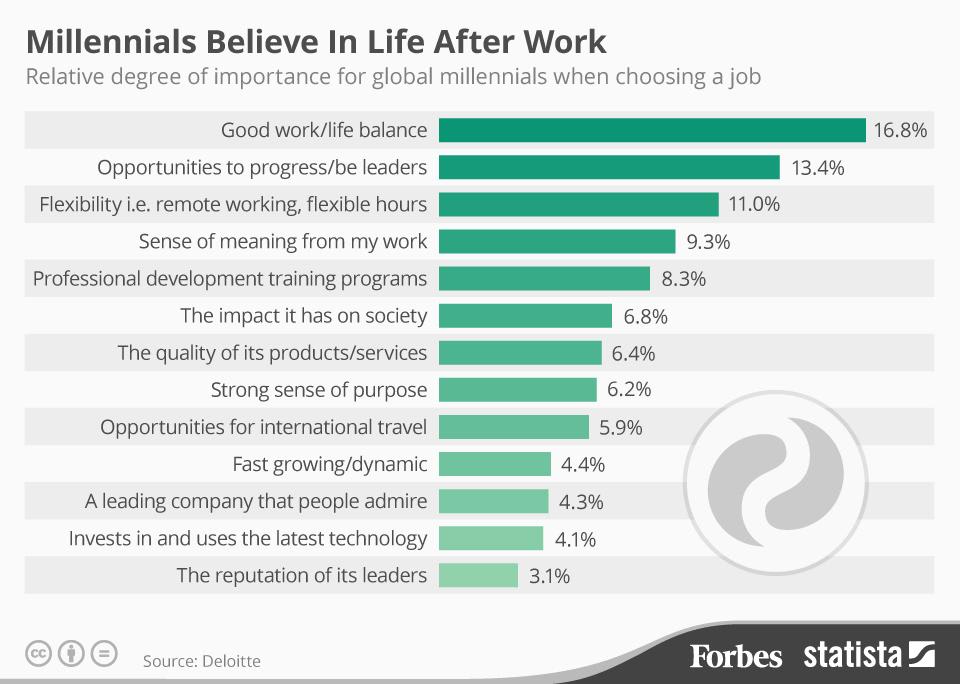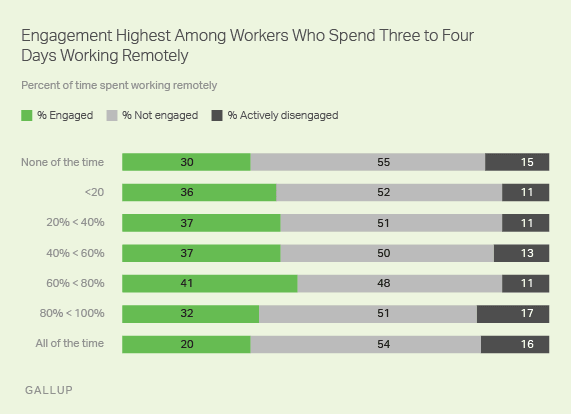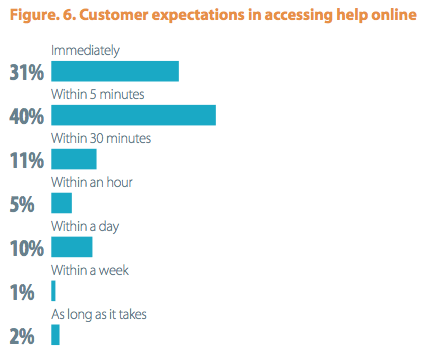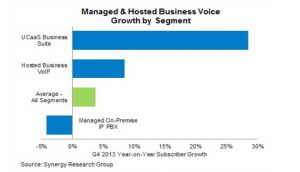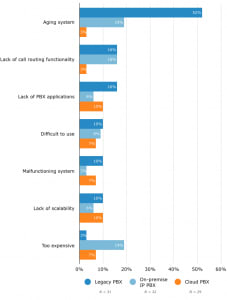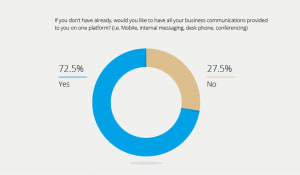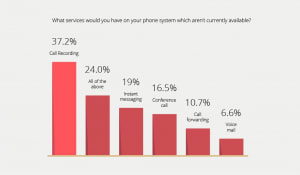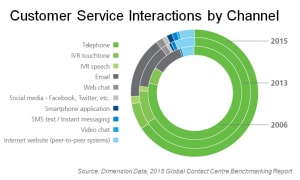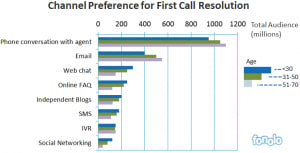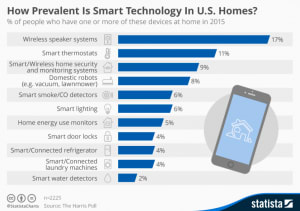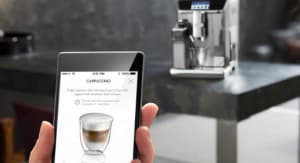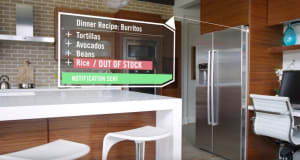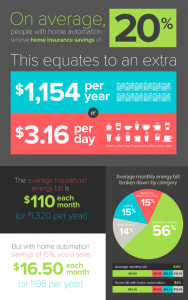This week Apple announced it will be bringing face-tracking support to its AR platform ARKit on iPhone X, its new phone launching in celebration of the tenth anniversary of the first iPhone. ARKit allows developers to easily integrate augmented reality (AR) elements into their iOS apps. However, AR has so much more potential than just games on your iPhone: the future of AR might look something like this…
The first thing I do each morning is put in my smart contact lens. At a glance, my day is set out before me with reminders for important appointments. I decide to do some exercise before work this morning, but rather than travelling all the way to the gym I select a pre-designed workout from my personal trainer. As I take my position on my mat, she is projected in front of me to demonstrate the exercises. She times each set and gives me encouragement as I struggle through the reps. After showering, I head to the kitchen for a much-needed breakfast. A reminder to take my medication hovers near the cupboard to make sure I take it with food.
Image: Raygun Studio
I say goodbye to my wife and wish her luck. She works as an architect and today she is showing her design to a client. The weather is nice so I decide to cycle to school, where I work as a teacher. My contact lenses give me details about my route, including traffic conditions and areas of heavy pollution.
Source: Tech in Asia
My class has a trip this morning to a local historic house to learn about life in the past. As we move from room to room, our contact lenses show us a reconstruction of the daily routines of the residents of centuries ago. My pupils are shocked to learn about the lives and long hours of hard working servants and the ways in which the rich passed their time before the internet.
After I have returned the children to school I make my way to the local high street to find somewhere to grab lunch. As I look at different sandwich shops and cafés, ratings and reviews are shown next to them. I choose a salad bar that has been rated highly for its varied vegan selection. On my walk back to school, a tourist asks for directions but can’t speak English. Translated subtitles appear in front of them as they speak and I’m able to reply in English and show them where they need to go.
I call my wife when I finish work to see how her presentation went. Her meeting took place at the proposed construction site so that her design, projected through smart contact lenses, could be seen against the surroundings. Her designs were very well received so I tell her I will cook her favourite meal this evening to celebrate.
Source: Virtually Here
I have to get a blood test after work and, as the appointment is in my calendar, my cycle route is shown to me through arrows that guide me along the road, giving me notice of upcoming turns. At the clinic, the phlebotomist uses an infrared scanner that projects an image of my blood vessels onto my skin to find the vein more easily.
Source: Europe Vein Center
My earlier phone call with my wife has been archived and speech analytics software identifies my cooking plans and creates a shopping list for the ingredients. On the way home my route is altered to take me via a supermarket, and my shopping list hovers over the food as I shop. When I get home I cook dinner, following a recipe projected onto the kitchen counter. The dish specifies exactly how the vegetables should be chopped and when I take out my chopping board, the cutting method is demonstrated so I get it right.
Source: CNBC
After we eat I do some outfit research in preparation for a friend’s wedding. I stand in front of the mirror and see the dresses I have been browsing to judge how they will hang on me. I do the same with makeup styles to see what will suit my face shape. My wife and I then turn our attention to the living room; we decide it needs brightening up with some art and maybe a coffee table. Using our smart contact lenses we can visualise different paintings on the walls to see if they fit with the rest of our decoration, and check that the coffee table we like is the right size for our space. We head to bed excited for the new additions.

